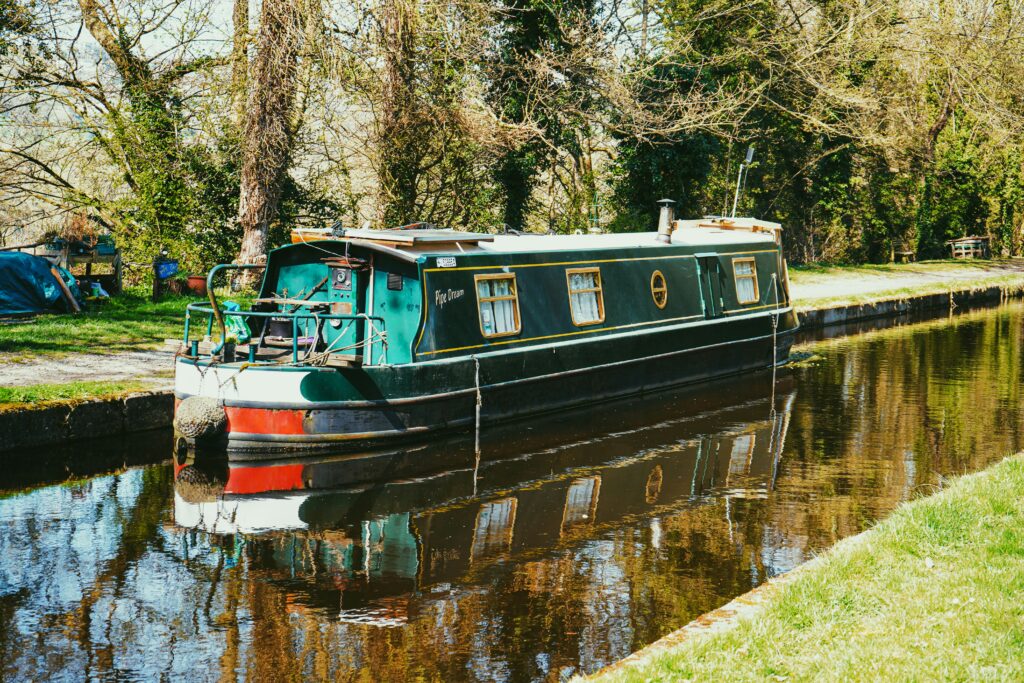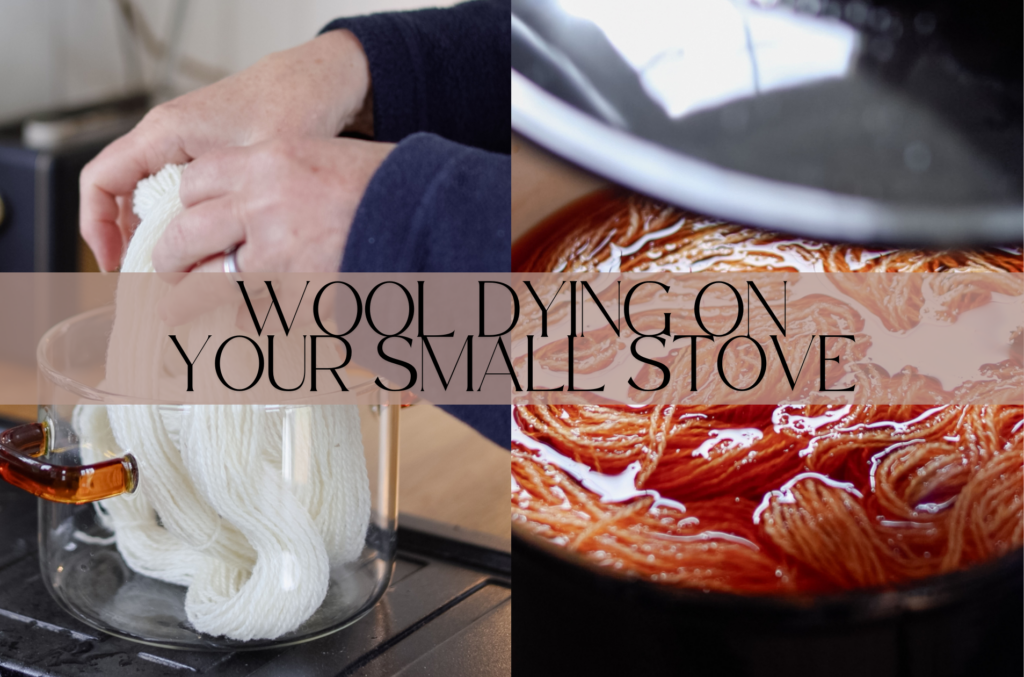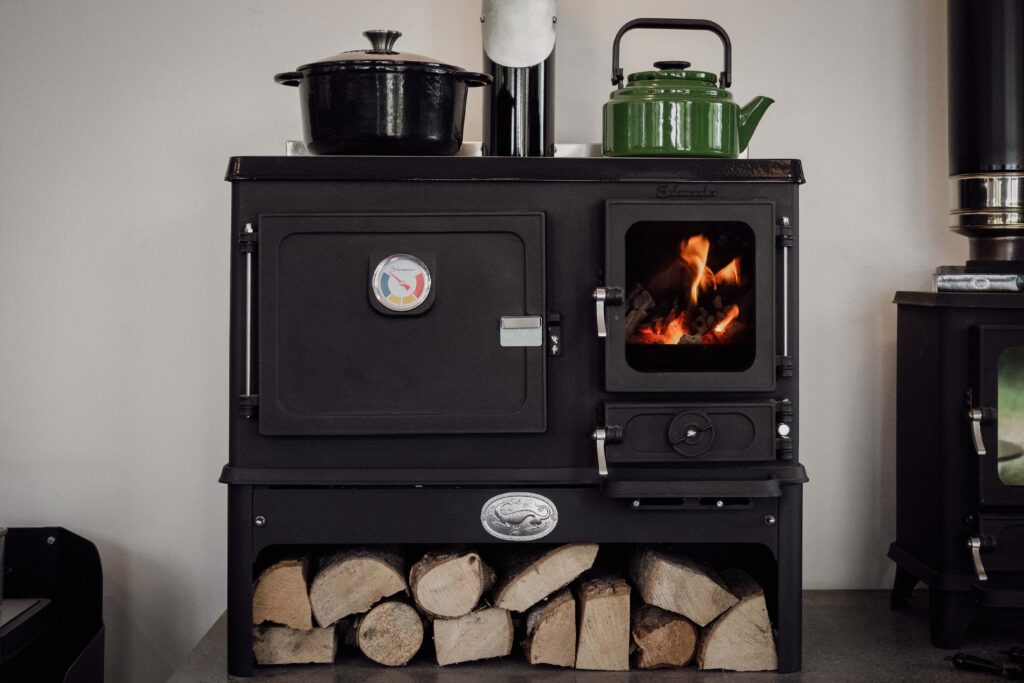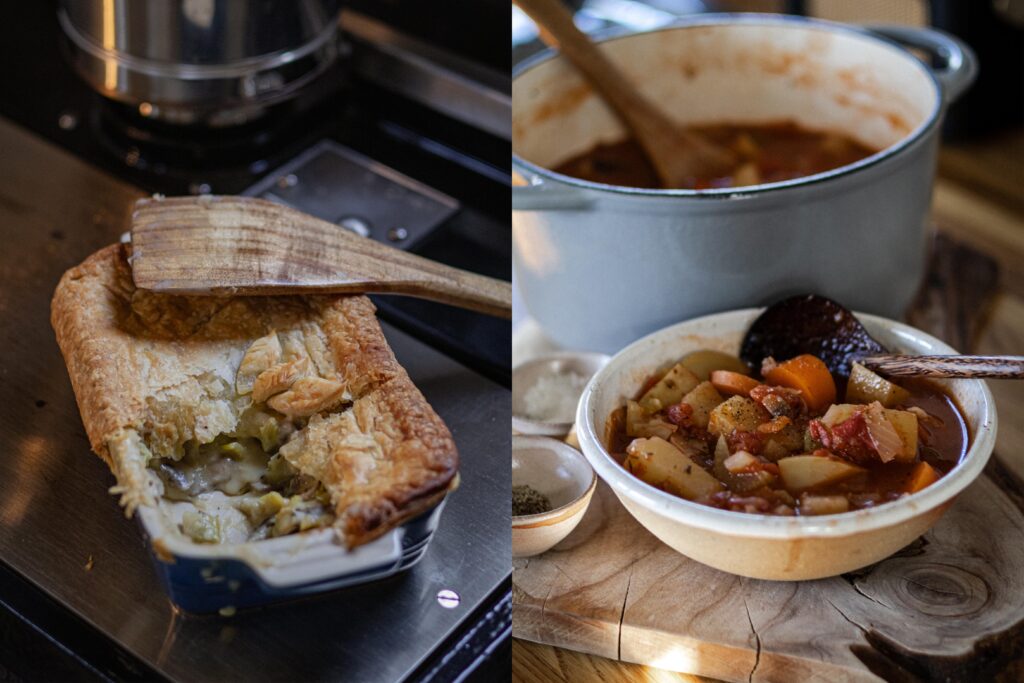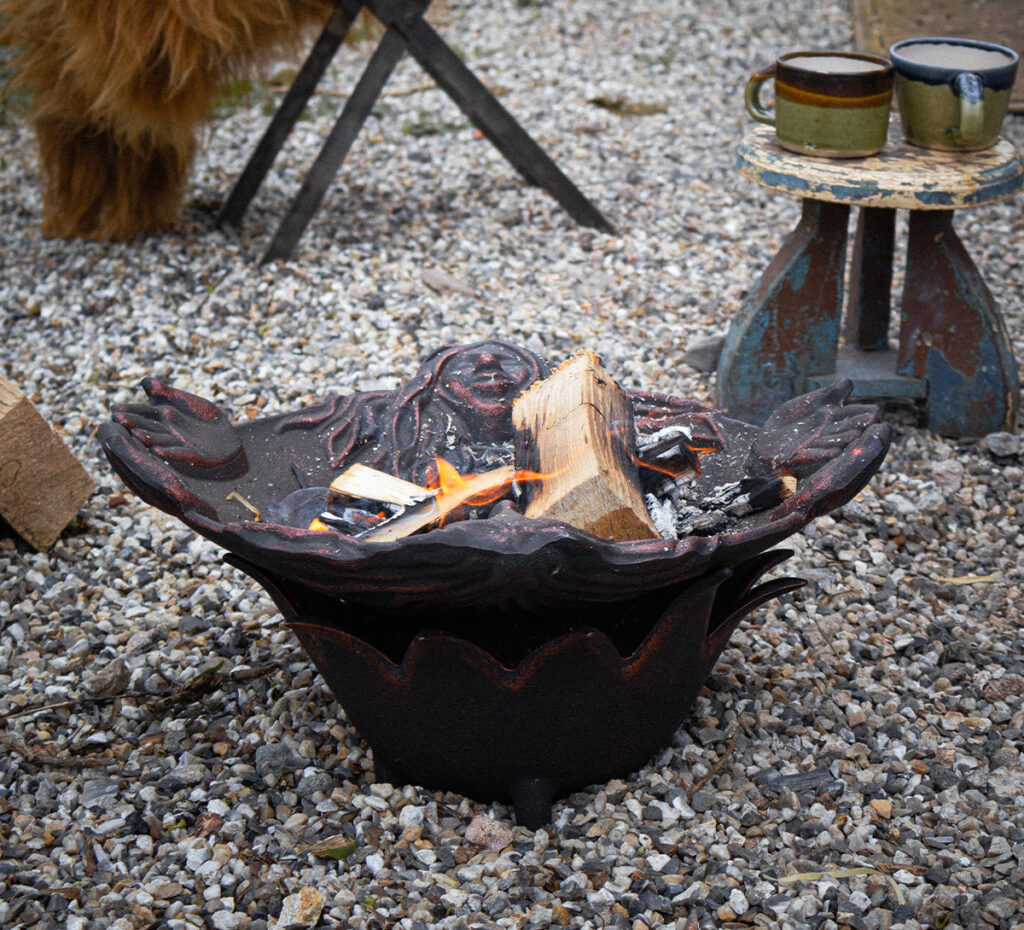Help
- Hobbit Instructions
- Hobbit UKCA Declaration of Conformity and Performance
- Hobbit CE Declaration of Conformity and Performance
- Hobbit CE / UKCA Plates
- Hobbit and Hobbit SE Dimensions
- Hobbit SE Insert
- Hobbit SE Certificate
- Hobbit Controls
- Hobbit Distances
- Hobbit Fireplace Distances
- Hobbit Corner Installation Distances
- Hobbit Cabin/Garden Room/Tiny Home Distances
- Hobbit Heat Shield Dimensions
- Hobbit Enclosure Dimensions
- Hobbit Tall Enclosure Dimensions
- Hobbit Flue Positions
- Rear Flue Wedge Assembly
- How to Bolt Down Your Hobbit Stove
- Range Instruction Manual
- Range Controls
- Range UKCA Declarations of Conformity and Performance
- Range CE Declarations of Conformity and Perfomance
- Standard Range Dimensions
- Range Dimensions 3/4 Size Splashback
- Range Dimensions Full Splashback
- Range Dimensions Direct Air & Heat Shields
- Range Fireplace Installation
- Range Cabin Installation
- Range Distances
- Range Cabin Installation With Heat Shields
- BFCMA General Guidance
- HM Government Approved Document Part J
Eco Design 2022
Eco Design is a European-wide initiative to reduce the amount of emissions that are released by multi-fuel stoves and wood burning stoves. The new regulations are intended to help tackle air pollution by introducing a minimum efficiency for wood burners, and by placing stricter limits on the amount of particulates and gases that can be emitted by these appliances.
In the UK, the new Eco Design regulations come into effect from the 1st of January 2022.
From the 1st of January 2022, all solid fuel installations must only incorporate appliances that adhere to the new Eco Design emission parameters. If you already have a stove installed, or if you’re looking to get a stove fitted before this date, then your stove does not have to comply with the new Eco Design requirements.
The legislation is not retrospective, and it only applies to new installations after the 1st of January 2022. If your stove is not Eco Design, but it’s installed before the 1st of January 2022, then you won’t need to remove your wood burner or swap it for another stove which meets the Eco Design specifications.
A standard Hobbit stove or Hobbit SE can still be installed into any domestic setting in line with current building regulations and in accordance with Approved Document J, providing it is installed before the 1st of January 2022.
After the 1st of January 2022, it will also become illegal to manufacture or sell stoves that do not meet the Eco Design rules. So if you purchase a new stove after this date, it will have to meet the new Eco Design criteria. Our new Eco Hobbit and Hobbit SE meet these requirements.
Eco Design stoves have to comply with stricter limits on the amount of particulates and gases that get released by the stove.
Our Hobbit stove is now available as the standard Hobbit ECO or the Hobbit ECO SE.
You will still need the Hobbit ECO SE if you are going to be installing your small multi-fuel stove in a smoke controlled zone. This is an area where you cannot emit smoke from a chimney unless you are burning smokeless fuels and wood, or if you are using a smoke exempt appliance, such as the Hobbit ECO SE.
You can see if you live in a smoke controlled zone by contacting your local council. Apart from that, the Hobbit ECO and the Hobbit ECO SE offer all of the same great features, and they have exactly the same dimensions.
Stove manufacturers have risen to the challenges that have been presented by the new Eco Design regulations, and we have taken this as an opportunity to improve the design of our stoves so that they meet and exceed the new criteria! Our new Hobbit ECO has reduced particulate and gas emissions, a greatly improved efficiency, and it provides you with a range of new features.
To add to this, recent SIA tests (Stove Industry Alliance) have shown that modern, clean burning stoves reduce particulate emissions by 90% compared to an open fire, and by 80-84% compared to a stove which is over 10 years old. The new models of our stoves have been greatly improved, and they’re much better for the planet. A higher efficiency also means that you will have more heat going into the room, so your stove with have lower overall operational costs.
No, Brexit will not affect the new Eco Design regulations.
About Our Small Stoves
The Hobbit SE can be used to burn wood in a smoke controlled zone. The air controls are configured to retain a minimum amount of air intake to facilitate clean, efficient burning. The distribution of air is also configured more towards the efficient burning of wood, as opposed to the burning of wood and coal. The Hobbit is set up in our workshop according to each individual customer’s specification.
You can click here to see a dimensional drawing of the Hobbit stove.
Yes! It’s also worth us mentioning that unlike many stove manufacturers who self-certificate their own EN approval, our Hobbit stove has been independently tested by Gastec Ltd.
If you do not live in a smoke controlled zone then you should select the standard option. You can find out if you live in a smoke controlled zone by checking with your local council.
The standard Hobbit stove and the Hobbit SE both weigh 50kg, or 110lbs.
The Hobbit stove, Hobbit SE and the Little Range Cook Stove all have a 100mm/4” flue outlet.
Yes! You certainly can!
The Hobbit stove measures 618mm tall when it is equipped with the stand option. Please note that this measurement does not include the 45mm high stove collar, which will connect to a flue pipe if you decide to exit from the top of your stove.
Yes! We offer a wide range of installation kits as well as extra flue parts.
You can take a look at this document here to see the distances that you will need to maintain around your Hobbit small wood burning stove. Click here to see the distances that you will need to have around your stove cooking range.
In principle, yes! This is providing that your existing chimney is in sound condition and as long as it is properly maintained. However, we always recommend seeking professional advice by commissioning a chimney inspection by a NACS sweep or a HETAS stove installer.
Yes! We guarantee the main body parts of the Hobbit and Hobbit SE for 5 years after you receive your small stove! This is providing that you register your stove with us within 3 months from the date that you receive it. We also guarantee the main body parts of the Little Range Cook Stove for 7 years after you receive your stove, as long as you register your stove with us within 3 months from the date that you receive your Range.
If you are installing your stove into a free standing location, then you will need to begin by installing a non-combustible hearth for your stove to stand on.
This can be made out of almost any non-combustible material, providing it has a minimum thickness of 12 mm. This rule applies to small stoves, such as the Hobbit, where the hearth temperature does not exceed 100°C.
Some of the most fashionable materials are slate, marble, or toughened glass, which provide a more contemporary look. For the more budget-minded, materials such as reclaimed quarry tiles, patio slabs or a combination of steel and concrete can be used to make an attractive base or plinth for your stove.
The size of the hearth that you will need depends on the size of the wood burning stove you are intending to install. There are specific requirements relating to the size of hearth required in Approved Document J. If the stove operates as a closed appliance, then the minimum distance that is required from the front of your stove to the front of your hearth is 225mm. This should extend to 300mm for an open appliance. The hearth should also extend by 150mm to the sides and rear of the stove.
Cleaning and Maintenance
The glass can be cleaned by using an approved glass cleaner. Alternatively, warm soapy water and newspaper can be used to clean the stove effectively, but please ensure that you only attempt to clean your wood burner when the stove is cold.
The stove needs to be cleaned and fully serviced at least once a year, although this naturally depends on how much the stove is used. The baffle can also be removed from the stove for cleaning, but please ensure that you only attempt to clean your wood burner when the stove is cold. Another quick way to clean the glass is by dipping some newspaper into some water, then dabbing it onto the ashes of your fire. You can then scrub the glass with the slightly abrasive ash.
You can remove the baffle and clean it up with a small vacuum cleaner, but please ensure that you only attempt to clean your wood burner when the stove is cold. The surface of the baffle will be kept well if it is vacuum cleaned with a soft nozzle. If necessary, you can also wipe the stove with a moist cloth, but please be careful when choosing cleaning materials as the paint may be damaged by acid.
The surface of your stove will keep well if it is vacuum cleaned with a soft nozzle. If necessary, you can wipe the stove with a moist cloth, but please ensure that you only attempt to clean your wood burner when the stove is cold. Please be careful when choosing cleaning materials, as the paint may be damaged by acid. If necessary, you can use mild detergent or brown soap. The painted surface may get a grey tinge over time, but the stove can easily be freshened up with a fresh coat of heat-resistant Stove Bright spray paint. The stove must be left to dry for 24 hours before being used again. Some fumes will be given off by the paint. These are not harmful, although they smell quite strongly. Please make sure that you ventilate the room well during this phase.
No, please do not use stove blacking on your Hobbit stove. The painted surface of your Hobbit stove will become discoloured and blotched if you use stove blacking. Stove blacking should only be used on old stoves that have been ground or sandblasted. Your Hobbit stove must be painted with Stove Bright paint, and enamelled stoves only need to be washed with hot distilled water and brown soap.
The sealing rope in the door will become worn after it has been in use for a long period of time, and it can start to come loose. You can purchase a new fire rope and glue kit from our shop here. The seal is fitted using ceramic adhesive. When replacing the seal, the surface must be cleaned thoroughly with steel wool or a steel brush.
If there are scratches or marks on your stove, then you might want to give it a fresh coat of paint. You’ll need to clean the surface of the stove first, before removing any rust with a fine steel wool. Then, you can give your stove a fresh coat of Stove Bright paint! This article will give you a step-by-step guide through the process.
Soot might appear on the glass if the combustion temperature is too low, or if the air controls are used incorrectly. The secondary air controls must be set to the open position, and the primary air controls will need to be closed. The primary air intake (either from the riddling grate or air control) are only to be used during the lighting period, or when dry wood is put into the stove. We recommend that you use wood with a moisture content of 16-20%. If you want to be sure that wood is dry enough, you can test your wood with a moisture meter. You can clean the glass using stove glass cleaner, but this must be done when the stove is cold. You can also clean the glass window with a piece of newspaper and some warm soapy water. If heavy soot build-ups occur, you can use treble ammonia water to clean the glass.
It is normal for there to be a slight ticking noise whilst the stove heats up or cools down.
If the temperature of your fire is too low, then you might experience a build-up of tarry soot in your chimney. The combustion temperature will be too low if there is not enough air supply for your fire compared to the amount of wood. Tarry soot is easily recognised by its brown sticky coat. You can supply more secondary air to increase the temperature of your fire. You can also place a stove thermometer on the lower part of your flue pipe, which will indicate if there is an optimum air supply for your fire. The flue gas temperature should be approximately 250°C. If the flue gas temperature is considerably lower, then tarry soot may be created in the chimney. If the flue gas temperature exceeds 250 – 300°C, the inside parts might be superheated.
The stove must never be operated with the door open, the door should only be fully opened when you need to refuel your fire. Smoke may be emitted into the room at the time of refuelling if the stove is burning at a very low rate. To overcome this, you can either burn your fuel at a much hotter temperature, or you can open the door slightly (1 or 2 cm) for a few minutes before adding any additional fuel. If the door is left open for too long whilst you’re refuelling your stove, then a large amount of cool air will be drawn into the chimney, chilling the flue gases and slowing the draw of your stove. This will result in smoke and fumes coming back into the room, therefore the refuelling time should be kept to a minimum. If smoke is persistent, and the stove is difficult to light and maintain a good burn rate, then there may be a problem with the chimney draught. In this case, you should consult your installer or a qualified chimney sweep.
You might encounter problems with the draw of your flue if the chimney is too short, if it has inadequate insulation, or if it is leaky. In this case, it’s best to get a chimney sweep to thoroughly check your chimney and to measure the flue draught. If the above problems have been eliminated, you can extend the lighting period of your stove to ensure that the chimney is well heated. The draw on the chimney will be greater when it is hot. This is achieved by using lots of kindling and 2-4 firelighters. After igniting the firelighters, leave the stove door ajar for 5 to 10 minutes. When the majority of the flames have died down and there is a good amount of glowing embers, you can add 2-3 pieces of dry wood and keep the air supply open. On chimneys with slower flue draughts it might be necessary to leave the stove door slightly ajar again until the logs have fully ignited. Once a good flame has been established and the door has been closed, you can set the air control to your desired position. If you have an old brick chimney with a large inner diameter, it can be a good idea to reduce the area with a liner. To do this, you will need to seek the help of a HETAS engineer, your Hobbit stove dealer/installer or qualified chimney sweep.
Cracks in the glass can occur if your logs fall into the glass as they’re burning. Sometimes wood can also contain impurities, such as small pebbles, which might hit the glass during combustion. If the glass has cracked, then it will need to be replaced. Replacing the glass yourself is a fairly simple job. If you’re at all unsure if you are able to do this then you speak to your local Salamander Stoves stockist, or you can contact us. We also have an instructional video that you can watch here.
The baffle is a consumable item that should be replaced as and when it is needed. Our small cast iron stoves have a very long lifespan if the consumable parts are replaced when they have become worn. The baffle can break if you are letting in too much primary air through the centre grate. This can lead to a very high temperature in the combustion chamber, and this can shorten the lifespan of the baffle. The baffle can also break if there are ashes and soot sitting on top of the baffle for a prolonged period of time. The baffle should be removed once or twice a year, and the soot and ash can be cleaned off with the use of a brush.
If your stove is installed correctly and properly cared for, then your small stove will not rust. If rust appears on the stove, it is usually because the stove has been exposed to moisture, possibly from the chimney. During winter, the air temperature of summer houses is often very cold, and the still air in the combustion chamber can cause condensation to form on the surface of the stove. To combat this, you should leave the valves of the stove open. This will help to prevent condensation from forming on the stove, which can cause rust. Another good idea is to leave the door ajar when the stove is not is not in use for a period of time.
Delivery
We want you to be delighted with your Hobbit stove and the services that we offer, so we will aim to deliver your order as quickly as possible. All of our stoves are dispatched with a 24 hour courier delivery service, but at the moment this can take up to a day longer due to Covid-19. Please contact us to confirm what the current lead times are for our stoves. This information is also shown on the product page of each type of stove. If you are looking to purchase an item that is currently not in stock, then please contact us to receive an up-to-date lead time.
Yes! We are happy to arrange this for you. Please enter your chosen delivery address when you checkout.
Delivery to any UK mainland address (excluding islands and highlands) for any orders over the value of £165 costs £25. Delivery costs £15 for all orders to the value of £50-£165, and delivery costs £5 for all orders to the value of £50 and under. If you do not reside at a UK mainland address then please contact us to receive a delivery quote.
Our stoves are collected by our courier on a Tuesday and Thursday on a 24 hour service. However, deliveries can now take up to 48 hours due to Covid-19. Please contact us to confirm what the current lead times are for our stoves. This information is also shown on the product page of each type of stove. If you are looking to purchase an item that is currently not in stock, then please contact us to receive an up-to-date lead time.
How to Buy
Payment is taken for your order as soon as you complete the checkout process on our website. You will be charged for all of the items that you have chosen to purchase, whether this is a stove, a stove installation kit, extra flue parts, spares or accessories. You will be charged for the items that you have chosen to purchase whether they are in stock or if we need to make or obtain some of the products for you. By confirming that you want to proceed with your order, we are taking this as an agreement that you are happy for us to take the full payment at that point. Items that are not in stock at the time of ordering can sometimes take up to 6 weeks to come back in stock. We will contact you when the items come back in stock and they will usually be dispatched to you within 3 working days.
Yes! You can flick through our online brochure here, and you can click here to view our range of stove paint colours. If you would like to receive a paper brochure or stove paint colour chart, then please contact us and we will be more than happy to post this to you free of charge!
Lighting Your Small Stove
You can click here to watch a video that will show you how to light your small stove. Before you start using your small multi-fuel stove, there are a few things which are useful to bear in mind:
- When you go to light your stove for the first couple of times, it’s best if you try to keep the fires small. This will allow the paint to cure before you start making larger fires in your tiny wood burner.
- It’s worth noting that the air control settings, lighting methods and the firing intervals will vary depending on the chimney draught, the wind direction, climatic conditions, the heating requirements and the fuel being used. Therefore, it may take a while before you are completely familiar with how to operate your stove correctly under various conditions.
- Although you can burn almost any type of wood in your Hobbit stove or Little Range, you should not use wet or green wood. Wood should be stored under cover for at least 1 year, (preferably 2 years) and it should also be exposed to the air. Wood should be chopped as soon as possible after felling if it is to dry quickly.
- You should only use wood with a maximum moisture content of 20%. You can use a moisture meter to ensure your wood is of the correct moisture content.
- Never burn driftwood in your small stove as it has a high salt content. This will damage both the stove and the chimney. You should also never burn impregnated wood, laminate or chipboard, as these materials may emit poisonous gases and fumes when burnt.
- Logs with a diameter exceeding 100mm should always be split. Your logs should also be short enough to lie flat over the layers of embers, with a minimum 1″ air gap at either end.
- The most environmentally friendly way to ignite a fire is the “top-down” lighting method. This is done by kindling the fire relatively high in the pile of firewood placed in the burn chamber. This way, the gasses burn gradually as the fire works its way down and catches on.
Manuals, Certificates and Other Important Documents
Yes! Please view the technical data tab on our stove product pages to view the most up-to-date documents and certification.
Unpacking Your Hobbit Stove
Before you can start using your Hobbit Stove, you will need to unpack it from the wooden box it’s delivered in. You can watch a video on how to do this here. The unpacking sequence is crucial in order to make sure that you setup the Hobbit correctly. A lot of care and attention to detail has been made to ensuring that you have many years of great service from your new Hobbit Stove. Here’s a video explaining the correct unpacking procedure for the Hobbit Stove. Please watch carefully as the sequence is important. As the stove is heavy (approximately 50kg) it’s important to do this with two people. Your Hobbit Stove comes with full instructions on how to unpack but you may want to also view this video to ensure you unpack your stove correctly.
Using Your Stove Efficiently
Good seasoned hardwood would be the optimum choice every time. The burn rate and heat given out by wood burnt in a wood burning stove differs depending on the species and dryness of the wood used. Most woods can be used in a wood stove but all must be dry and well seasoned. Burning wet wood will result in a build up of deposits in the flue, and the stove will never heat up properly and the consequence will be a blackened window.
Wood burns best on a bed of ash which builds up on the grate of the stove. When cleaning your stove you should always retain a bed of ash and not remove all of it. When your wood fire has built up a good bed of ash and embers, the airflow can be switched from below to above the fire for greater wood burning efficiency as this will promote an increased amount of secondary combustion (where the flue gases above the fire are reignited by an introduction of warmed air into the top of the firebox). The Hobbit clean burning stove is a good example of a wood stove with secondary combustion technology. Efficient wood burning requires both a good dry fuel as well as a good supply of air. This will promote a visible and lively flame around the wood. Running your stove in this manner will result in a much cleaner flue. Running your stove slowly or shutting it down completely overnight will result in increased deposits in the flue, the stove and almost certainly a blackened window. It should also be noted that constant refuelling of any wood stove will also be detrimental to an optimum efficient wood burning strategy. Better to let the fuel burn right down and then refuel. The wood takes time to heat up before ignition so will cause the stove to cool each time refuelling takes place. Visit this video to see a stove being refuelled.
What are the best eco logs for my small stove?
We have taken the best eco logs that are currently available and have trialled them in our Hobbit stove. We determined which eco logs performed the best based on how well they fared in 5 key areas. Lighting – How easy are the logs to light at the start of a fire and when it comes to refuelling the stove? Flame brightness – How bright do the eco logs burn how long do they burn brightly? Burn time – How long do the logs burn for? Heat output – How hot do the logs burn? Storage – How easy are the logs to store and transport? We gave each product a rating out of 5. You can read our reviews here: Online Wood Fuel Review 1 – Hotmax Fuel Logs Online Wood Fuel Review 2 – Verdo Wood Briquette Logs Online Wood Fuel Review 3 – UK Heat Logs Online wood fuel review No.4 – Certainly Wood Heat Logs Online Wood Fuel Review No. 5 – Saurida Wood Sawdust Logs Our aim is give the wood stove user a helpful resource to see how the products out there truly perform. With the dryness and quality of ‘real’ logs being so varied, the market for eco logs is certainly on the rise, so it’s wise to work out which ones are the best value to buy. We have tested them all out in our Hobbit stove to see how user friendly each eco log product is. This information will help you to select the best choice of wood fuel for your small wood burner. We have asked the simple questions that we thought you would want the answers to when it comes to buying wood fuel online. If you are fed up of buying rubbish wet logs from the garage or dodgy log merchants then consider the benefits of switching to burning eco logs in your wood burner! They have a very low moisture content which makes them easier to light, they burn hotter, cleaner and they leave virtually no deposit in your chimney or chimney liner. They’re also the most sustainable fuel that you can burn in your small stove!
How To Unbox The Little Range
How To Unbox Our Stoves (UK)
How To Unbox Our Stoves (International)
How To Add The Stove Legs
How To Clean Your Stove and Glass
How To Add The Front Bars And Coal Bars
How To Use The Salamander Multi-Tool
How To Add Our Stand Option
How To Add The Rear Flue Wedge
How To Remove Your Stove Doors
How To Change The Baffle And Fire Bricks
How To Replace The Glass
How To Change The Rope Seals
How To Make Your Stove Rear Exit
How To Replace The Centre Grate
How To Attach The Collar
Any Other Questions?
Our Hobbit Stove Has Been Fitted!
The Best Stove Ever!
A Huge Thank You!
First Small Stove Installation
Delighted with our Hobbit Stove!
Sign-up to our email newsletter to receive the latest news and offers from Salamander Stoves.
We never sell on our data, please view our privacy policy for more information.
Always here to help…
If you have any questions or simply want to talk through your options, please give our friendly team a call.
Tel: 01626 363507 | 01626 333230

